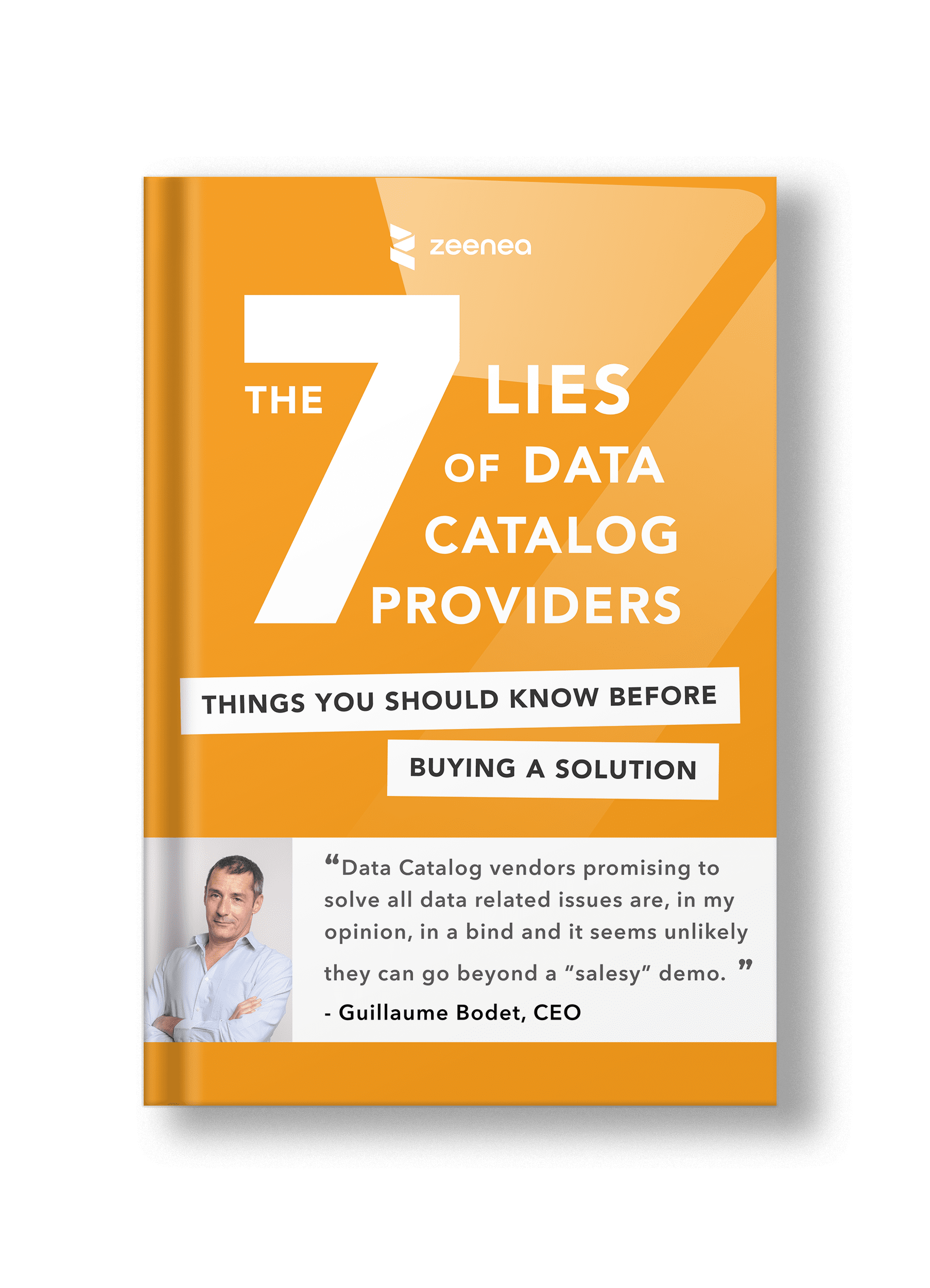A Data Catalog is NOT a Query Solution
Here is another oddity of the Data Catalog market. Several vendors, whose initial aim was to allow users to query simultaneously several data sources, have “pivoted” towards a Data Catalog positioning on the market.
There is a reason for them to pivot.
The emergence of Data Lakes and Big Data have cornered them in a technological cul-de-sac that has weakened the market segment they were initially in.
A Data Lake is typically segmented into sever al layers. The “raw” layer integrates data without transformation, in formats that are more or less structured and in great quantities; A second layer, which we’ll call “clean”, will contain roughly the same data but in normalized formats, after a dust down. After that, there can be one or sever al “business” layers ready for use: A data warehouse and visualization tool for analytics, a Spark cluster for data science, a storage system for commercial distribution, etc. Within these layers, data is transformed, aggregated and optimized for use, along with the tools supporting this use (data visualization tools, notebooks, massive processing, etc).
In this landscape, a universal self-service query tool isn’t suitable.
It is of course possible to set up an SQL interpretation layer on top of the “clean” layer (like Hive) but query execution remains a domain for specialists. The volumes of data are huge and rarely indexed.
Allowing users to define their own queries is very risky: On on-prem systems, they run the risk of collapsing the cluster by running a very expensive query. And on the Cloud, the bill could run very high indeed. Not to mention security and data sensitivity issues.
As for the “business” layers, they are generally coupled with more specialized solutions (such as a combination of Snowflake and Tableau for analytics) that offer very complete and secured tooling, offering great performance for self-service queries. With their market space shrinking like snow in the sun, some multi-source query vendors have pivoted towards Data Catalogs.
Their pitch is now to convince customers that the ability to execute queries makes their solution the Rolls-Royce of Data Catalogs (In order to justify their six-figure pricing). We would invite you to think twice about it…
Take Away
On a modern data architecture, the capacity to execute queries from a Data Catalog isn’t just unnecessary, it’s also very risky (performance, cost, security, etc.).
Data teams already have their own tools to execute queries on data, and if they haven’t, it may be a good idea to equip them. Integrating data access issues in the deployment of a catalog is the surest way to make it a long, costly, and disappointing project.














